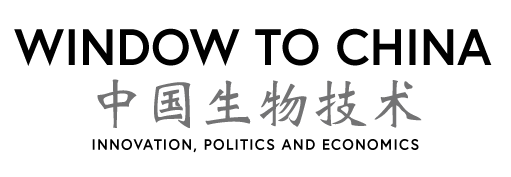https://spc.jst.go.jp/news/240102/topic_4_05.html
At the Green Fish Fisheries Standardized Ecoculture Base in Zhaoqing City, Guangdong Province, fish are transferred from a pond with an area of approximately 66.7 hectares to container-sized aquaculture cages, and are fed 16 types of food that have passed green food certification, and have received national green food certification as “green fish.” ing. When green fish, which is a freshwater fish that does not have a muddy smell and can be eaten raw, was released, it received high praise from consumers.
According to the Center, due to the geosmin contained in pond mud, fish grown in ponds have a slight muddy smell. Thus it was necessary to create a new environment that is better for the fish. The pond allows to grow the fish in constantly flowing water, and they can swim against the flow of water, which increases the elasticity of their flesh. Unlike conventional fish farming in fixed locations, the fish are cultivating and processed in separate areas.
The nutritionist at the base specially orders 16 types of feed for the fish that have passed the Green Food Production Materials Certification, and regularly feeds them nutritional foods such as polysaccharides and vitamins.
These fish are already delivered to more than 300 Hema stores in more than 20 cities across China, including Beijing, Shanghai, Wuhan, and Chengdu. According to company data, less than two months after it went on sale across China, the green fish has become popular among consumers, with 10,000 fish being sold per day.
